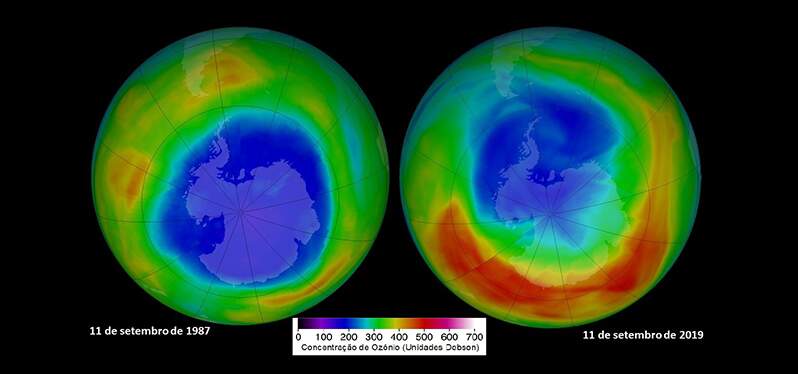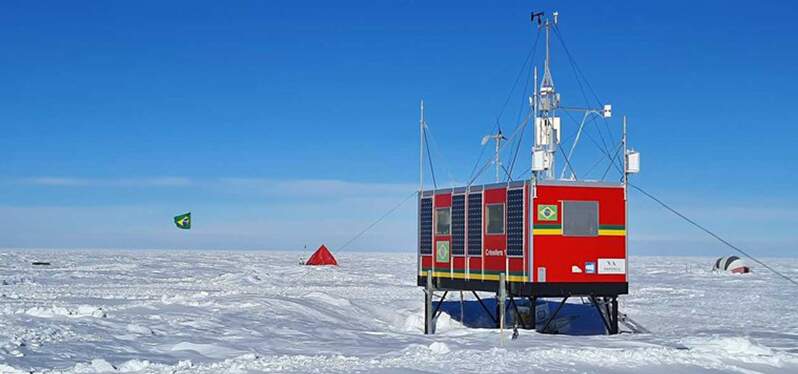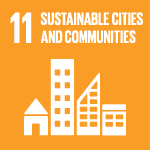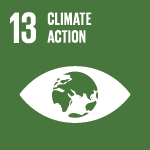Posted in: 09/16/2023
Essential for the existence of life on Earth, the ozone layer has given scientists and experts hope for recovery, due to the gradual reduction in the use of chemicals that emit greenhouse gases (GHG).
According to the forecast of experts supported by the United Nations, if global policies related to the preservation of the layer remain in force, it is estimated that it will be recovered by 2040 in most parts of the world, and by 2066 in Antarctica .
The Montreal Protocol , in force since 1989, is one of the factors that helped reduce the use and production of chlorofluorocarbons (CFCs) and other chemicals that affect the ozone layer, by up to 99%.

However, the World Meteorological Organization (WMO) points out that climate change could negatively impact progress in recovering the ozone layer.
This may happen because, to combat climate change , some initiatives involve releasing sulfur into the stratosphere . However, this action has a negative impact on the recovery of the planet’s protective layer .
The elimination of between 8 and 16 million tons of sulfur in the stratosphere per year can reduce the Earth’s temperature by up to one degree Celsius , however this substance has the ability to weaken the ozone layer, which has been recovering for years.
Recently, the Brazilian government adhered to the Kigali Amendment , which increases restrictions on the production of gases, such as hydrofluorocarbons (HFCs) , which were used to replace CFCs, and have an impact on global warming. With accession, the country has access to the Montreal Protocol Multilateral Fund , to assist in the adaptation of the industry. Furthermore, by 2019, Brazil had already reduced 37% of its consumption of hydrochlorofluorocarbons (HCFCs), another element harmful to the Earth’s protective layer.
Reducing consumption is part of the goals of the Montreal Protocol and is the result of initiatives under the Brazilian HCFC Elimination Program (PBH) . The program seeks to help the adoption of more sustainable practices by industries that use chemicals that are harmful to the ozone layer, including the foam and refrigeration sectors.

Furthermore, the Brazilian laboratory Criosfera 1 began monitoring the ozone layer in Antarctica, using sensors that absorb ultraviolet rays. The action had an investment of R$3.5 million and aims to assist in its recovery.
Just like Synergia Socioambiental, which in 2023, produced its first GHG inventory , in order to establish a reference for future comparisons, highlighting its projects to reduce emissions


Sign up and receive our news.